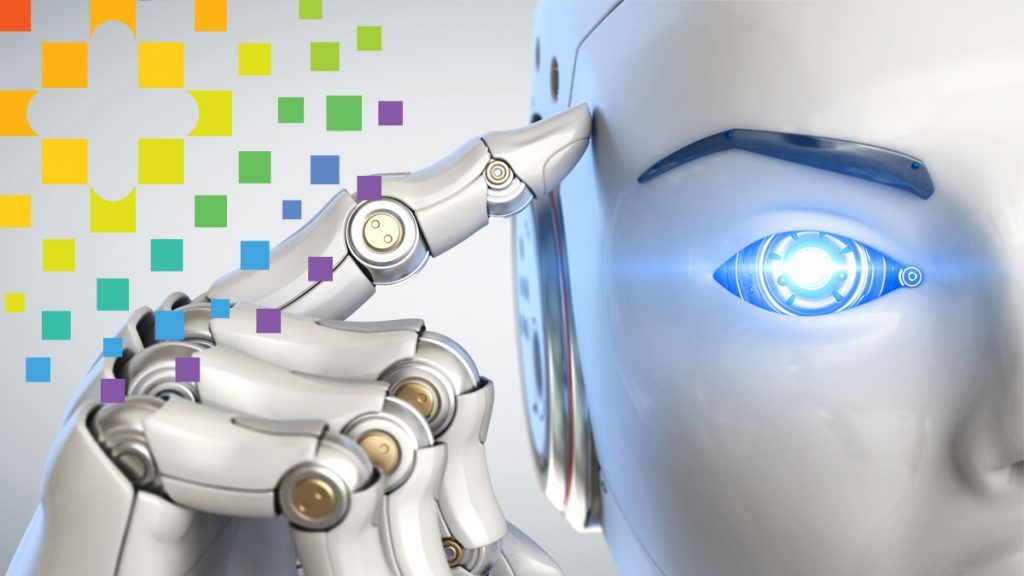This market research report was originally published at Yole Développement’s website. It is reprinted here with the permission of Yole Développement.
OUTLINE:
-
Market forecasts:
Sensors for goods transportation will reach a US$1.3 billion market in 2026.
Yole announces significant market uptake until the end of the decade reaching US$7.4 billion in 2031.
Sensors for robotic vehicles will become industries of their own: 42% CAGR expected for the next 10 years.
Expected vehicle production of robo-trucks will reach 19k by 2026 and 200k by 2031, robo-trucks will represent 2.5% penetration of trucking in operation at that time.
Good transportation becomes a key geopolitical question.
-
Technology trends:
Lidars, Radars, Cameras and IMUs are the main components of sensing technology supporting this trend.
Autonomous trucking will come quickly once the economics makes sense.
Robotic goods transportation will be a trial run for AV technology before bringing MaaS to the masses.
-
Supply chain:
The robotic vehicle ecosystem is the center of a disruption battle: incumbents willing to defend their business and startups already changing the rules.
The top 3 players: Tu Simple, Waymo, Aurora…
“Whether it is a LiDAR, a radar, a camera or an IMU , the robotic sensor play is far from the ADAS or the consumer AV play.” asserts Pierre Cambou, Principal Analyst, Imaging at Yole Développement (Yole). “The current search for performance and operability in the world of robotics is far greater than the focus on cost and durability that we usually see in the automotive world”.
In this context, the market research & strategy consulting company Yole, intensively analyses the robotic transportation market and technologies and offers a global comprehensive understanding of these industries with two dedicated reports: Sensors for Robotic Goods Transportation releases this week and the Sensors for Robotic Mobility released one year ago.
Aiming to provide a scenario for sensors within both the dynamics of the robotic goods transportation market and the robotic vehicle market, the two reports include market and revenue forecasts, key technical insights and give an in-depth understanding of the ecosystem and players.

What are the economic and technological challenges of the robotic industry for goods transportation and mobility? What are the key drivers? Who are the suppliers to watch, and what innovative technologies are they working on?
Yole presents today its vision of the latest innovation and market evolution.
The whole sensor industry has been hypnotized by the autonomy ladder in automotive, and the 2020 US$8.7 billion ADAS sensor market growing at 21% CAGR, as described in Yole’s Sensing and Computing for ADAS Vehicle 2020 report, is a good reason for that. But adjacent and more disruptive sensor markets exist that might not see the typical tier one car part makers dominate so quickly.
This is true in the robotic vehicle market.

As analyzed by Yole’s team in the new Sensors for Robotic Goods Transportation 2021 report, goods transportation is the earliest opportunity, already representing a US$1.3 billion market in 2026, growing to US$7.4 billion in 2031 at a 42% CAGR for the next 10 years.


According to Pierre Cambou: “The robotic sensor market for goods transportation could enable much larger transformations, in mobility, smart city design, and marketplace organization. Sensors are a key steppingstone technology and specifically for goods transportation the demand for performance will be high without many of the safety-critical issues of human mobility”.

Therefore, the go-to market could appear in the short term without many hurdles of other robotic initiatives. Given that many of the needed technologies are already being used in ports and mines, unleashing robots on highways and much smaller ones for pizza deliveries does not seem a giant leap forward.
In the last decade, the emergence of e-commerce champions has been a paradigm shift in the logistics landscape and its associated technologies. Robotic technologies were initially developed within the boundaries of factories and logistics warehouses, but they are now spreading throughout logistics. They can be found in port terminal operations, long haul trucking, mining dump truck operations, and even last mile deliveries for pizzas or online purchases. While autonomous cars have been advertised for years as transforming mobility, as discussed in Yole’s Sensors for robotic mobility 2020 report, the robotization of goods transportation will be more immediate and dramatic as significant elements are already in place. In fact, logistics might offer a trial run for the whole AV industry.

Some players, such as Waymo, Aurora, We Ride and Plus.ai, have a double play, personal mobility and transportation of goods. More are solely focused on transporting goods, such as Tu Simple, Kodiak, Nuro and Embark. The emerging drone delivery ecosystem is a perfect example of this specialization trend. It gives plenty of room for future consolidation, such as the recent acquisition of robo-truck player Ike by Nuro, the dominant last-mile road player in the US.
All year long, Yole Développement publishes numerous sensing-dedicated reports and monitors. In addition, experts realize various key presentations and organize key conferences.
Make sure to be aware of the latest news coming from the industry and get an overview of our activities, including interviews with leading companies and more on i-Micronews. Stay tuned!
Extracted from:
- Sensors for Robotic Goods Transportation 2021 report, Yole Développement
- Sensors for Robotic Mobility 2020 report, Yole Développement
Acronyms:
- CAGR: Compound Annual Growth Rate
- MaaS: Mobility as a Service
- IMU: Inertial Measurement Unit
- ADAS: Automated Driver Assistance System
- AV: Autonomous Vehicle


